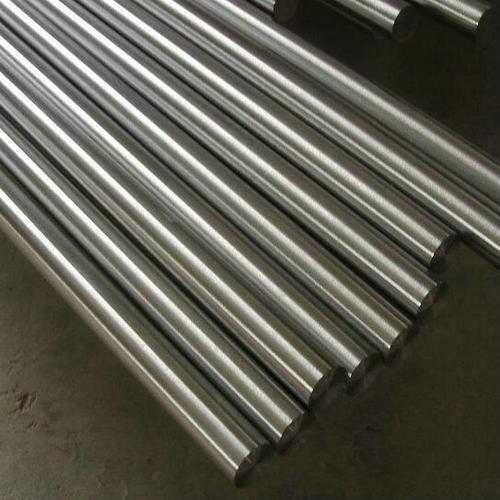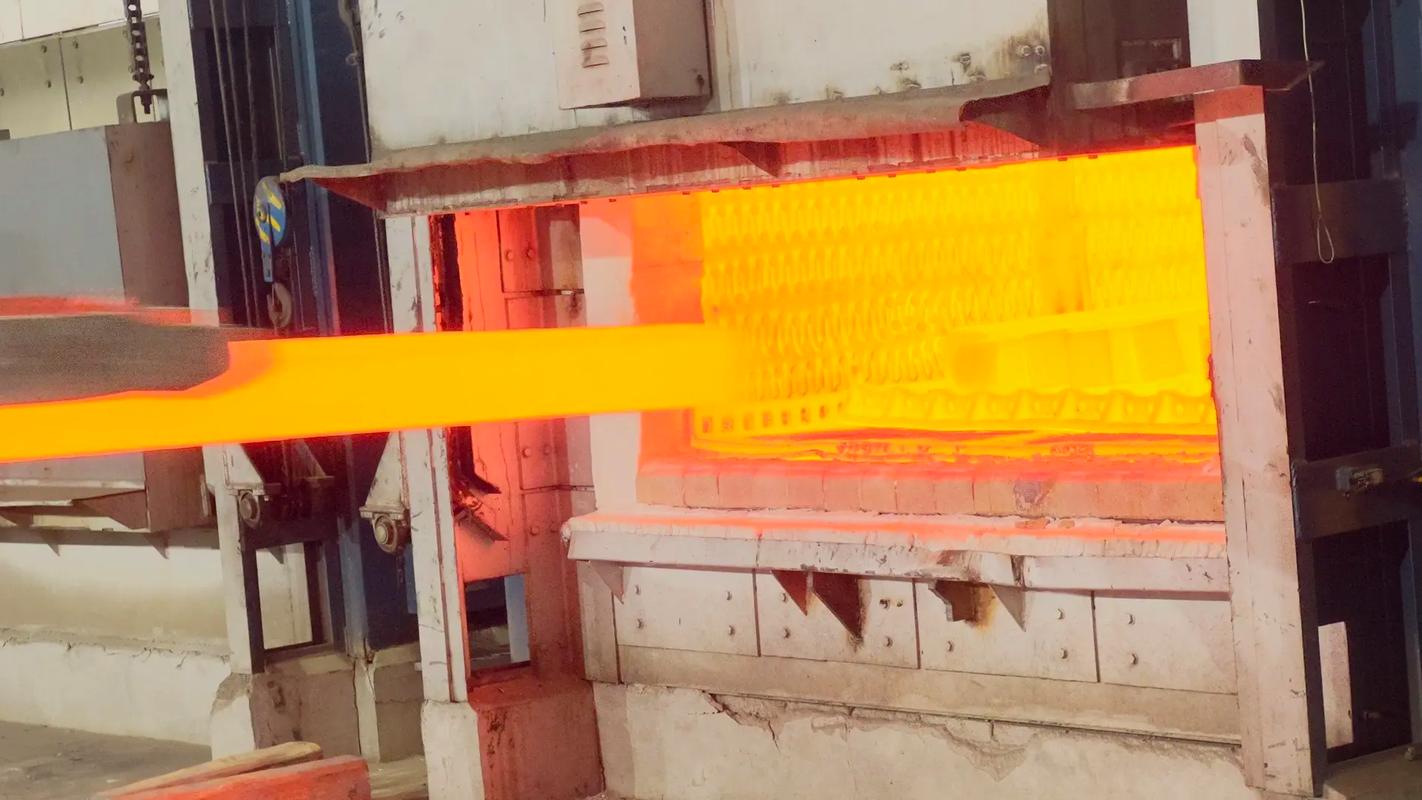Analysis of the Process Characteristics of Hot Extrusion for Titanium Rods and Titanium Alloy Rods
Analysis of the Process Characteristics of Hot Extrusion for Titanium Rods and Titanium Alloy RodsThe thermal conductivity of titanium rod and titanium alloy rod billets is relatively low, and this characteristic is particularly prominent during the hot extrusion process. Due to the insufficient thermal conductivity, a significant temperature difference will occur between the surface layer and the inner layer of the billet. Especially when the temperature of the extrusion container is set at 400 degrees Celsius, this temperature difference may even reach 200 to 250 degrees Celsius. The combined effect of the suction enhancement effect and the temperature difference across the cross-section of the billet leads to significant differences in the strength and plasticity properties of the metals on the surface and at the center of the billet. Such differences will cause uneven deformation during the extrusion process, thereby generating relatively large additional tensile stresses in the surface layer, which is the main reason for the formation of cracks and fissures on the surface of the extruded products.


During the extrusion process, the main factors affecting the metal flow include:
1. Extrusion methods: Compared with forward extrusion, the metal flow in reverse extrusion is more uniform; compared with hot extrusion, the metal flow in cold extrusion is also more uniform; and compared with non-lubricated extrusion, the metal flow in lubricated extrusion is equally more uniform. These effects are mainly achieved by changing the friction conditions.
2. Extrusion speed: As the extrusion speed increases, the non-uniformity of the metal flow will intensify.
3. Extrusion temperature: When the extrusion temperature rises, the deformation resistance of the billet decreases, but the non-uniform flow of the metal will also intensify. If the heating temperatures of the extrusion container and the die are too low, the temperature difference between the outer layer and the central layer of the metal will increase, and the non-uniformity of the metal flow will also increase. The better the thermal conductivity of the metal, the more uniform the temperature distribution on the end face of the ingot billet.
4. Metal strength: Under the same other conditions, the higher the metal strength, the more uniform the metal flow.
5. Die angle: The larger the die angle (that is, the angle between the end face of the die and the central axis), the more non-uniform the metal fluidity. However, when extrusion is carried with multi-hole dies and the die holes are arranged reasonably, the metal flow will tend to be uniform.
6. Degree of deformation: Either an excessive or an insufficient degree of deformation will lead to non-uniform metal flow.
In conclusion, the process characteristics of hot extrusion for titanium rods and titanium alloy rods are complex and variable. Multiple factors need to be taken into comprehensive consideration to ensure the quality and performance of the extruded products.
